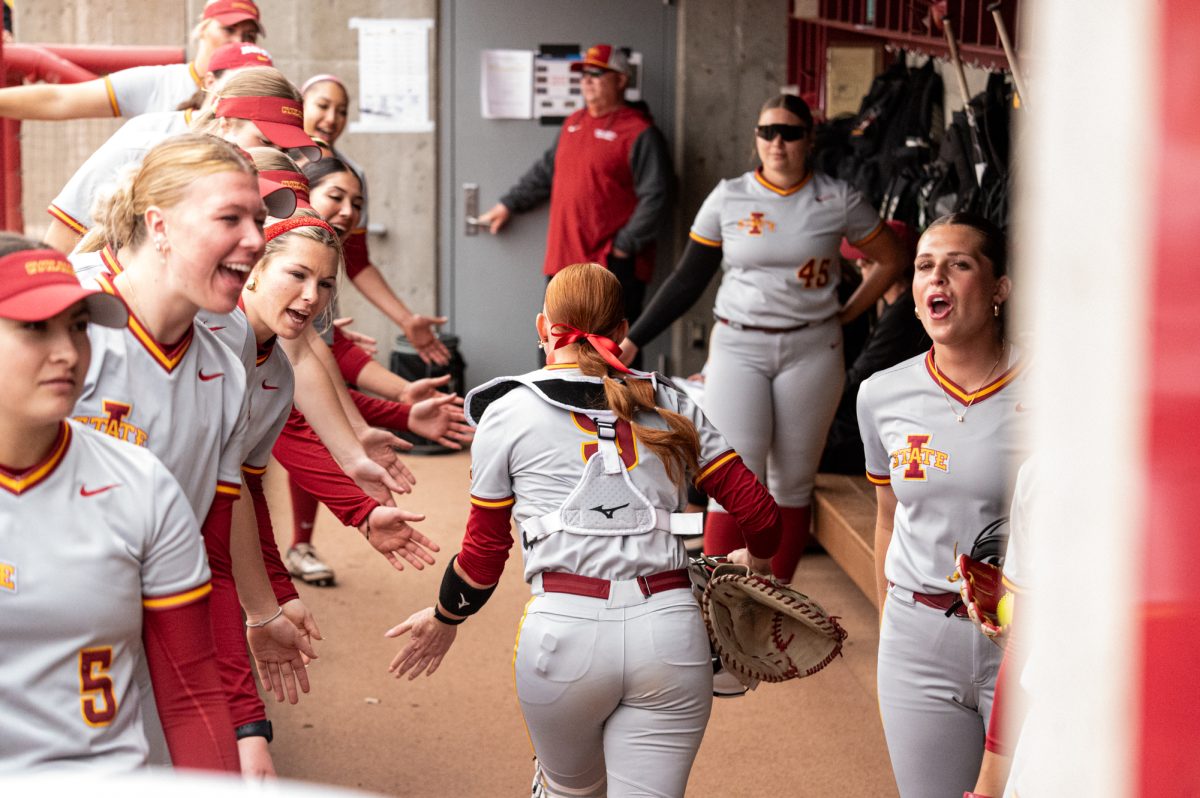Physics and Astronomy Club shows off science
April 3, 2008
There are over 600 clubs on campus, and the ISU Physics and Astronomy Club is one of the few that routinely plays with liquid nitrogen.
Kyle Wardlow, senior in physics and president of the ISU Physics and Astronomy Club, described the club as a place for students interested in the two subjects to come together.
“The Physics and Astronomy Club is a place to do homework, socialize and interact with other majors,” Wardlow said.
Wardlow believes the subject of astronomy as a whole has been widely misconstrued since most people believe it is just about studying the planets.
“What most people don’t know is that there are many different parts to astronomy,” Wardlow said. “Cosmology is one example – there’s actually a lot of physics involved.”
A big part of the club is its demos, some of which aren’t done in any labs or classes.
“Demos give us a hands-on experience. We have labs, but only one is open all the time. They give us ideas to build things, as well as for the older members to pass down knowledge and homework skills to the younger members,” Wardlow said.
Some of the demos include passing sound waves through a pipe, running makeshift superconductivity experiments where magnets are lifted off the ground, basic chemistry demos and a liquid nitrogen lab.
Jason Murphy, senior in physics, is in charge of running the demos. Murphy said the club’s favorite demo is one called the flaming wave guide.
“For this demonstration, we drilled almost 100 holes in a two-inch copper tube, then sealed one end with a small speaker and the other has a cap with a hose for natural gas,” Murphy said. “When all the holes are lit and the speaker is playing the correct tone, you can see a standing wave in flame. As the frequency is changed, you can see the wavelength change and the height of the flames will also change.”
Murphy believes these demonstrations are beneficial to students because of the work they do in their classes.
“Most of our demos are more for show. However, we do some that are not done in [Physics] 221 or 222,” he said.
“When we go to an elementary school, we do our best to explain as much as we can to kids and their parents.”
ISU Physics and Astronomy Club
For more information on the club, you can visit the club’s Web site, http://www.stuorg.iastate.edu/isupac, or e-mail Kyle Wardlow at wardlowk@iastate.edu.






